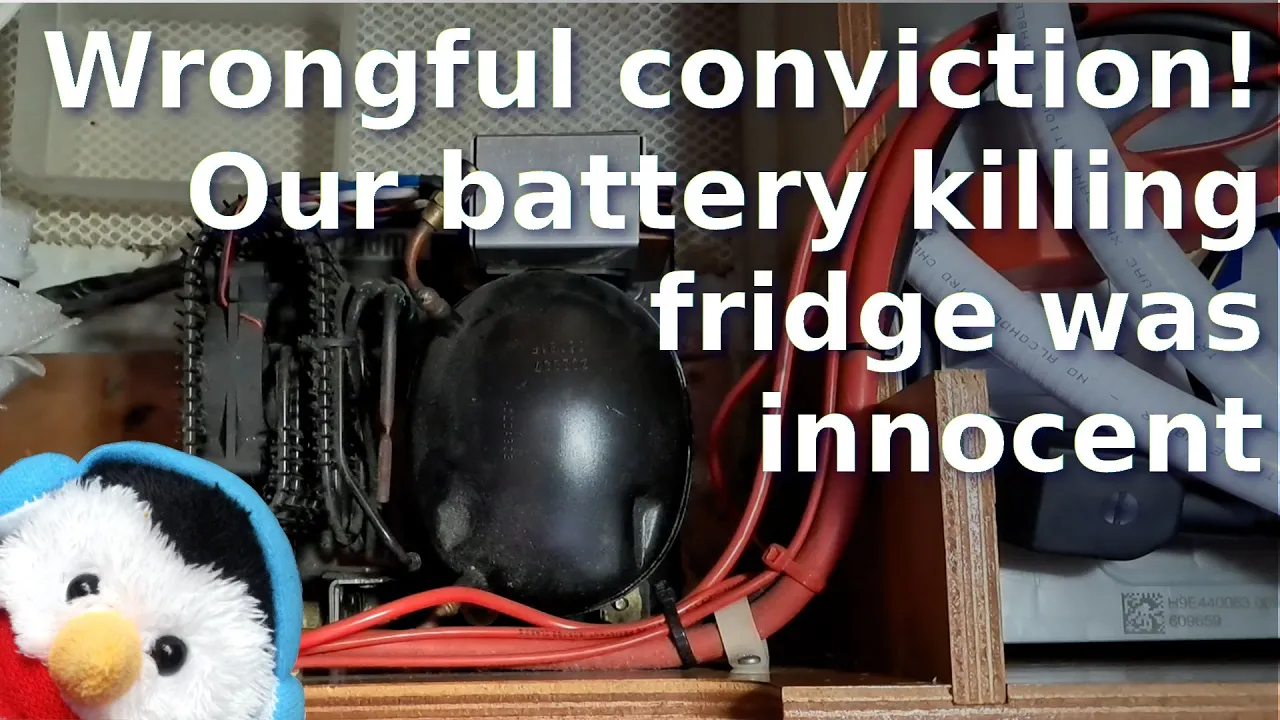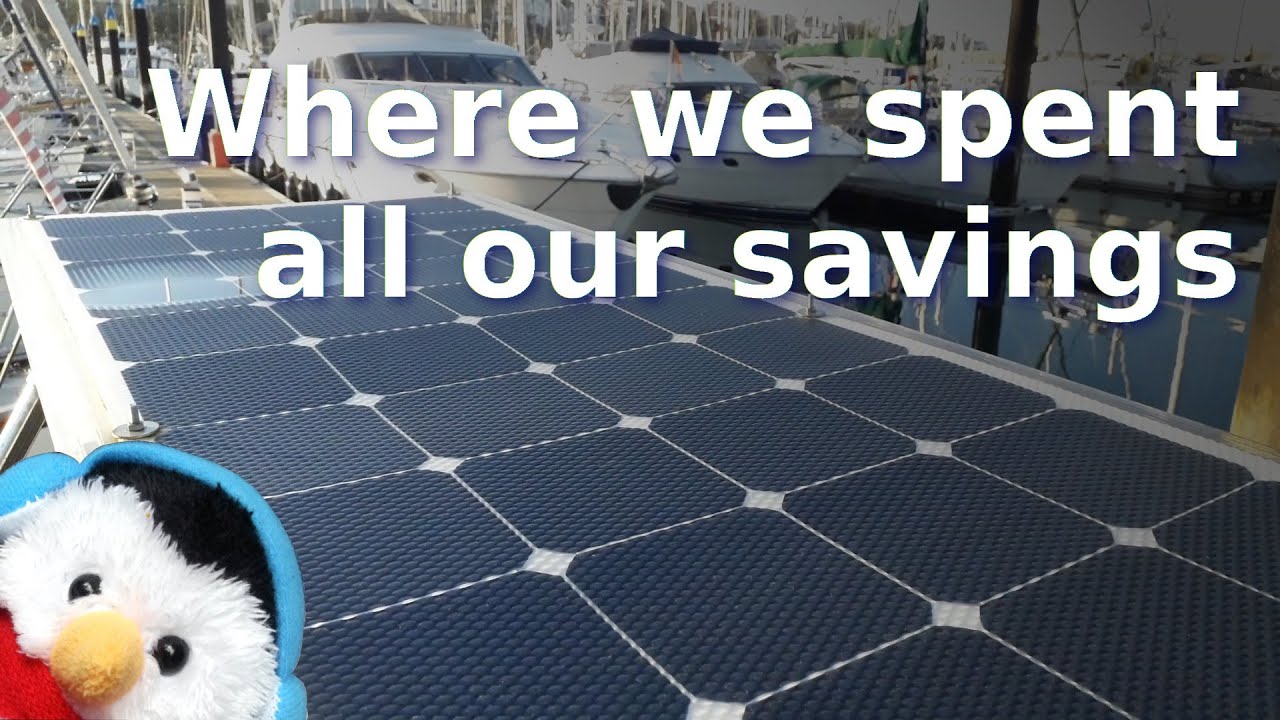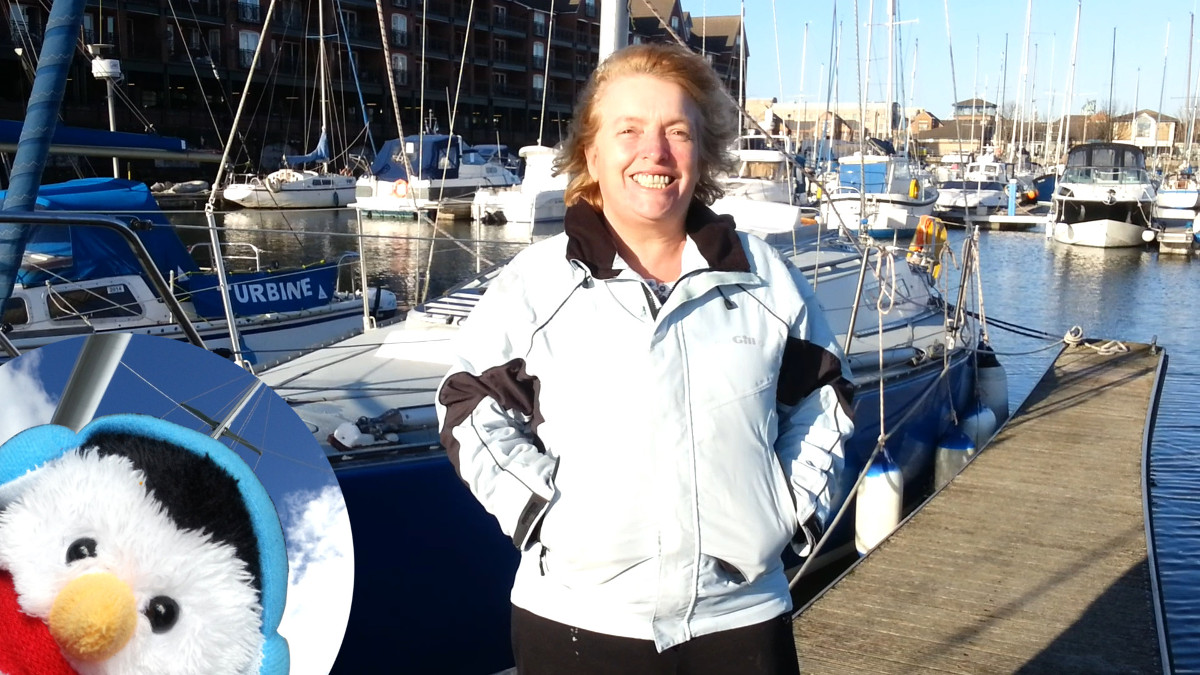Once you have decided that this is the yacht for you, then it is time for the test sail and survey.
We had put in an offer on a boat in Troon, but we had failed to agree a price, with the difference being just £500 so we had walked away. Then on the way to see another Bavaria 36 on the Hamble the owners of the boat in Troon accepted, so we went to see the one on the Hamble and decide which one we wanted. In the end it came down to heating or radar, so we went for heating and the yacht in Scotland. Once the deposit was paid, it was time for the test sail and survey.
Test Sail
Before we started, the owners took us around the boat and showed us where a few of the key items, like the control switch for the windlass. Then then showed us how to sling the dinghy onto the back of the transom. Once the dinghy was safely on the back of the boat, it was time to start our test sail. It was a very calm, so it would be an ideal day to go out and check all the systems.
The first thing that happened was for the current owners to start the engine, which was check the lever was in neutral, make sure the stop leaver is pushed in then press the ignition switch. Next check the alarms, then warm the glow plugs for a count of 10 to 12. Then you can press the starter button and the engine should start. We then all checked that we has splashes which tells you that you have cooling water running through the engine.
We then slipped the lines and we were off out of the marina and into the Firth of Clyde. Soon we were motoring with the engine revs of 2,500, which is what the previous owners recommended as the yachts running speed. We then hoisted her sails, the wind was such that it was too light to sail, but it was an excellent speed for the previous owners to explain the reefing system to us and to show us where all the lines were, including where the line was that is used to hoist up the foresail.
Inside the owner showed me one of the tasks that needed doing on a regular basis and that was clean the speed logger. It is very prone to getting growth on it and when it does. The logger stops working. I have to say there was loads of sea squirts on it, so they had to be all cleaned off before the logger could be put back. She also showed us how to turn on the gas and where the gas shut off was situated.
The test sail was for only an hour or so but in that time we tried out most of the systems and understood the main components of the boat.
Survey
Once we had brought the yacht in, we took it around to the fuel dock where the surveyor stepped on board to start his inspection. The surveyor did a very similar check to the one covered in our Yacht Buying Check Liist, but in more detail. For example, he pointed out items like a wear washer on the goose neck and rust on the exhaust elbow, which our check list doesn't cover. The document that he produced was 23 pages in length and gave us a comprehensive list of items to be addressed, which we will do over time.
At the end of the day, we got a verbal thumbs up from the surveyor, so we went along with the purchase. The owners signed all the documents on that day, so now all that needs doing is for us to part with the money.
Please Note: Some people say that having a survey done is not worth the money, but for us, he pointed out quite a few things that we had missed, plus we were able to produce an eight page document of improvements or things to just check on a regular basis.













